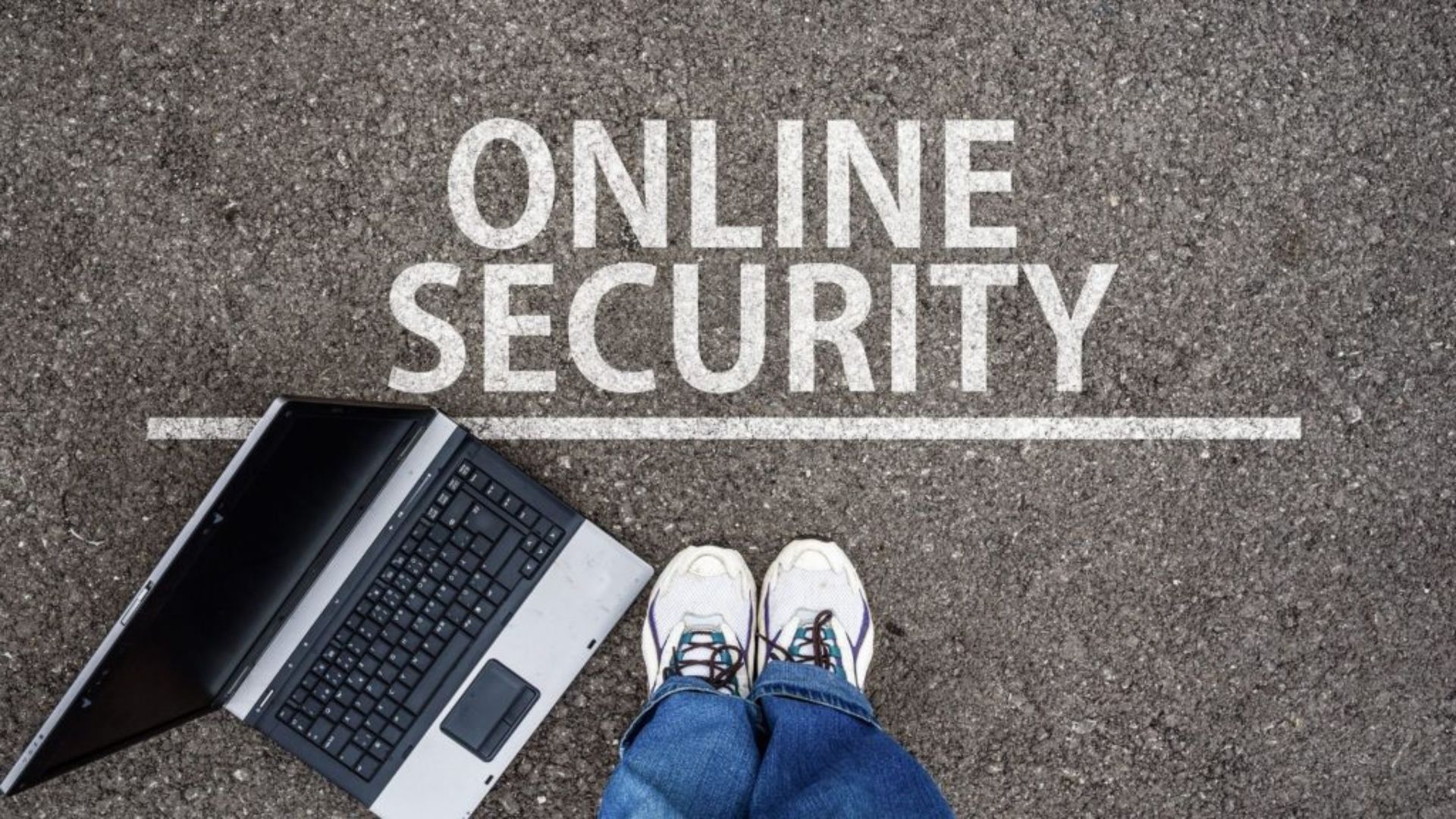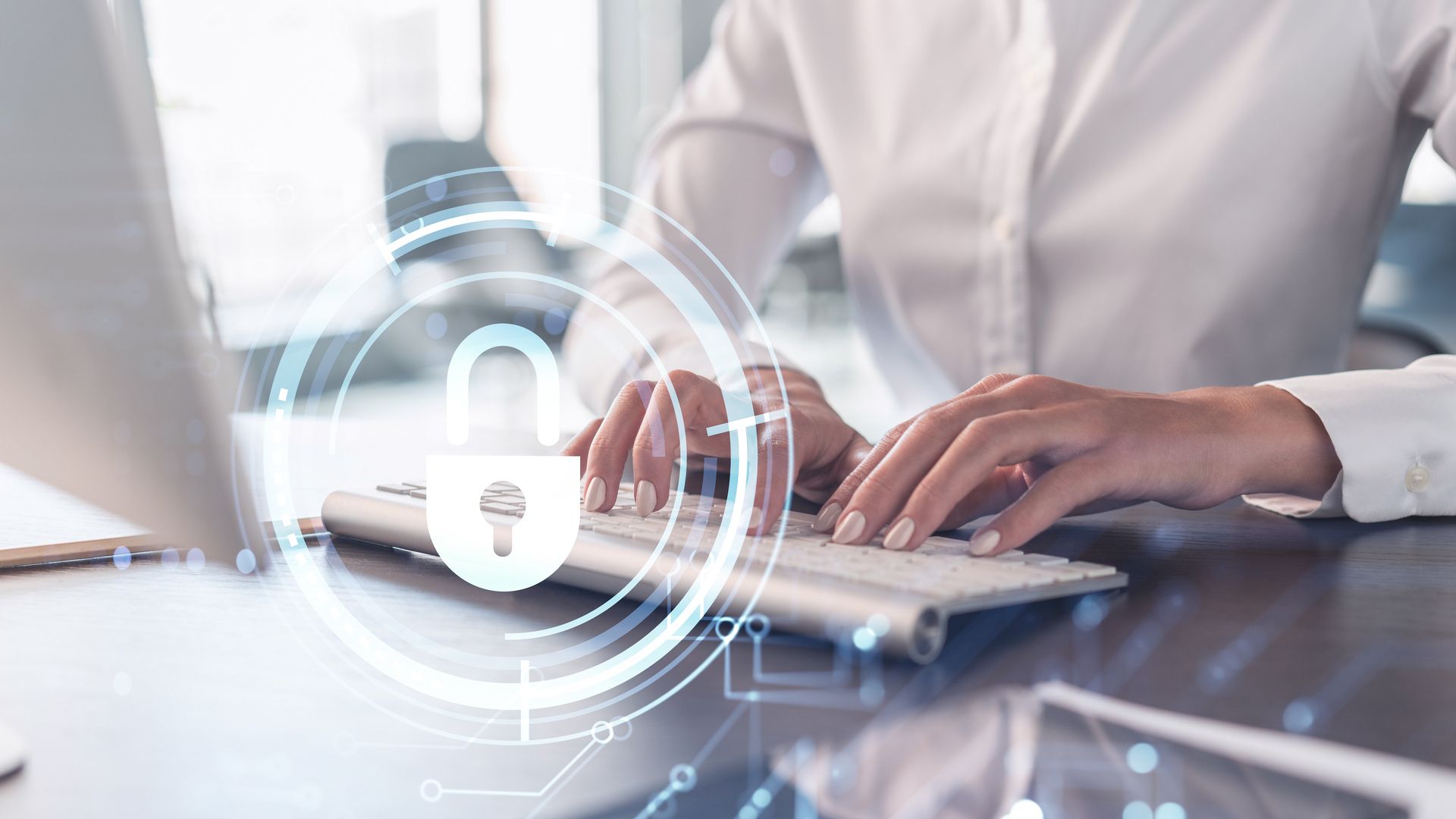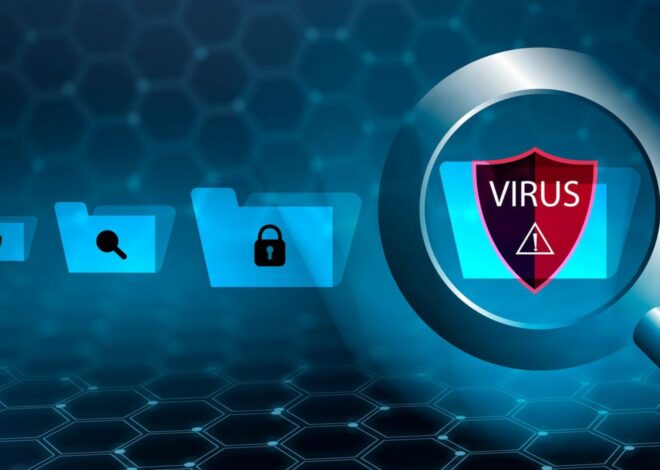
Easy Steps to Improve Your Online Security
The internet offers a vast landscape of connection, information, and entertainment. But navigating this digital world comes with inherent risks. Malicious actors constantly seek to exploit vulnerabilities in our online security, potentially compromising our data and privacy. Fear not, fellow web wanderer! Here’s a roadmap packed with easy-to-implement steps that can significantly bolster your online security:

Become a Password Powerhouse
Unique Passwords for All Accounts
Crafting Strong Passwords
Password Management Made Easy
Embrace Two-Factor Authentication (2FA)
Software Updates: Your Digital Armor
Software updates are more than just bug fixes. They often contain critical security patches that address newly discovered vulnerabilities. Keeping your operating system, web browser, antivirus software, and all other applications up-to-date is vital for maintaining a strong online security posture. Most devices and software offer options to enable automatic updates, so you can rest assured your defences are always current.
Wary of the Wild Web: Public Wi-Fi and Phishing
Public Wi-Fi networks, while convenient, can be breeding grounds for online threats. When connected to unsecured Wi-Fi, avoid accessing sensitive information like bank accounts or online transactions. Consider using a Virtual Private Network (VPN) to encrypt your internet traffic and shield your online activity on public Wi-Fi.
Phishing scams attempt to lure you into clicking malicious links or downloading malware disguised as legitimate emails or websites. Be cautious of unsolicited emails, even if they appear to be from trusted sources. Verify sender addresses, and never click on suspicious links or attachments.
Social Savvy: Sharing with Caution
Social media platforms are a fantastic way to connect, but oversharing can pose security risks. Carefully consider what information you make public. Review your privacy settings on social media accounts and limit access to personal details like your home address or date of birth.
Conclusion
By following these simple steps, you can significantly enhance your online security and protect yourself from cyber threats. Remember, online security is an ongoing process. Stay vigilant, keep your software updated, and be mindful of the information you share online. With these practices in place, you can navigate the digital world with confidence and peace of mind.



